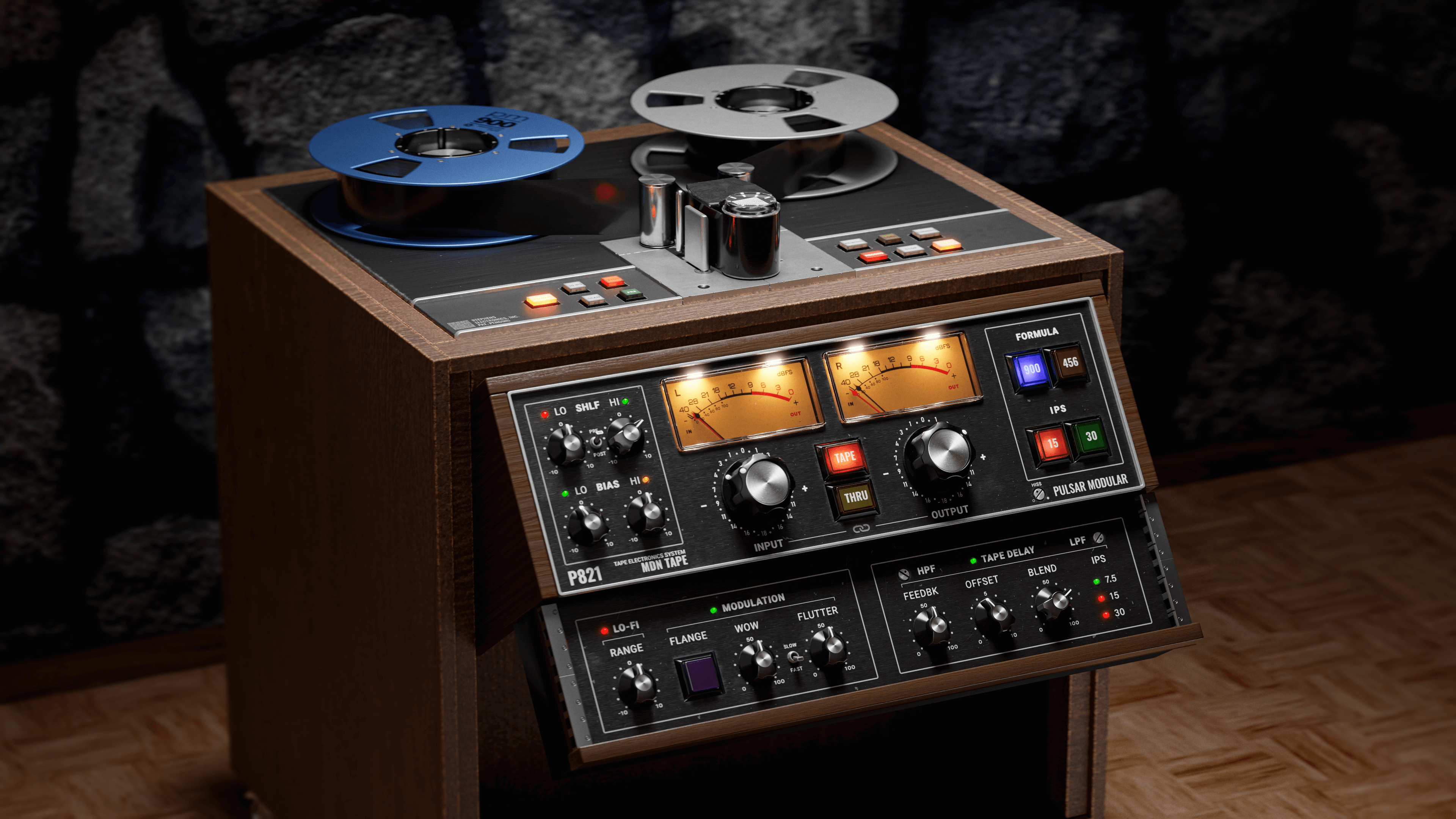Quote:
Originally Posted by
cracker satchmo
➡️
Let's do a tape plugin called Relief relief

That's also the word that always springs in my mind as one of the principal tape magic ingredients.
In U-he Satin, as impressive as it is, i often felt as it's nearly a woodcut relief, aka on the heavy-handed side, like a double dose of A77, and when comparing now with 821 i really appreciate the subtleties which are all the more enjoyable once you found a sweet spot.
The words relaxed and effortless have been mentioned a few times and i think that's also a big bonus here; the kind of lively fluidity we could hear since P42 and that (to me) is another crucial part of the magic formula...
Yes, we obviously live on the same sound planet

The P821, from what I've heard so far, is the best magneto effect I've heard (I've never had Phoenix II, but I work quite a bit with UA's ATR 102, which is good but too heavy-handed in terms of sonic footprint and compression, and sometimes Flywheel or Airwindows' ToTape), PM's version being both more subtle and more effective (yes, it's apparently contradictory), and more original (it brings characteristics that the others don't have, as you pointed out: fluidity, cohesion, perfect relief, sound plane work that instantly improves the mix, etc.).
Thanks to the work of our friends at PM (and others of course, but there are very few of this level), the advantages of analog are becoming more and more accessible with simple and affordable plugins, with all the advantages of digital (yes we've been seeing this phrase for 15 years, but we're finally starting to get out of the Method Coué - self-persuasion).
The last thing I'd miss is a software version of the vinyl pressing stage + vinyl playback in the best possible conditions! This may seem strange, since these two stages are riddled with constraints and defects, which we're happy to do without (euphemism). But after listening systematically for a year to the comparison between digitized versions of the original tapes (our official versions of classics from before 1984/1985), remastered or not, and the digital transfer, well done according to the rules of the art (it's difficult) of the same albums, blind, my subjective listening recognizes and favors the vinyl transfer.
That's not the problem with digital, because both are digital! It's what these two stages (pressing and playback) bring. To my ears, they bring two precious things (apart from their classic shortcomings): on the one hand, a certain sense of musical continuity, the sensation that nothing separates successive sounds temporally (it's obviously an illusion, but it's effective), and on the other hand, less tiring listening over time. As for the last aspect, undoubtedly the most obvious, it's undoubtedly linked to a more obvious one, that of not being able to compress ridiculously excessively, without creating crippling problems at the pressing stage. But also, in a more subtle way, to the treatment of high frequencies which, when they are well treated in the preceding stages, makes them particularly pleasant to listen to. But it's the 1st aspect that is the most original. Not even the tape recorder is capable of generating this sensation. No idea why, but the result is constant and reproducible (always the same, to my ears at least). Waves made an attempt, but it wasn't very convincing, TDR more recently, but I haven't had a chance to try it out yet, and I don't think they had these objectives in mind, it's mainly a simulation to anticipate the feasibility of pressing if I'm not being silly. Well, that's another subject anyway.






















